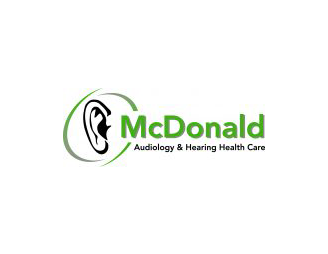When it’s time to select a new hearing aid, you’ll find that there are many types and styles from which to select. Behind-the-ear (BTE) hearing aids are one of the most popular choices. Just as you’d expect from any other type of product, BTEs have both pros and cons. If you are considering investing in hearing aids for yourself or for someone close to you, the facts in this short article may help you decide whether a BTE hearing aid is a sensible choice.
The appearance of BTE hearing aids makes them easier to identify than many other models. Their most visible characteristic is a rounded plastic case that rests behind the ear and attaches to a component placed within the ear by way of a small plastic tube. The main parts of the hearing aid are located within this case. This section holds all the batteries and electronics that allow the device to operate, along with the controls that enable the user to select features and programs. The ear mold is the component of the device that actually fits inside the ear. Ear molds are tailor-made using the unique form of each person’s ears, which helps to ensure that they are comfortable and that sound is transmitted effectively.
Behind-the-ear hearing aids have numerous clear strengths. Because the BTE is larger than other styles, it holds larger batteries, allowing for superior amplification and more time between charges. Extra room in the casing also means that the manufacturer can add additional features like a directional microphones, Bluetooth technology and telecoil. Finally, it is much easier to handle BTE hearing aids, making battery replacement and cleaning less difficult than it is in smaller styles.
The biggest disadvantage of a BTE hearing aid is its visibility. When compared to hearing aids that fit inside the ear, it’s impossible to completely disguise a BTE device. Consumers who are sensitive about this factor can pick cases which match their skin tone to help the hearing aid blend in. Behind-the-ear models also are more prone to pick up wind noise, but there are software and hardware features embedded in many aids that minimize this problem.
If it sounds as though benefits of BTE hearing aids outweigh the drawbacks, you may have found the ideal to meet your needs. If you have additional questions about BTE hearing aids and how they might fit into your daily routine, call your local hearing instrument specialist to get more information.

